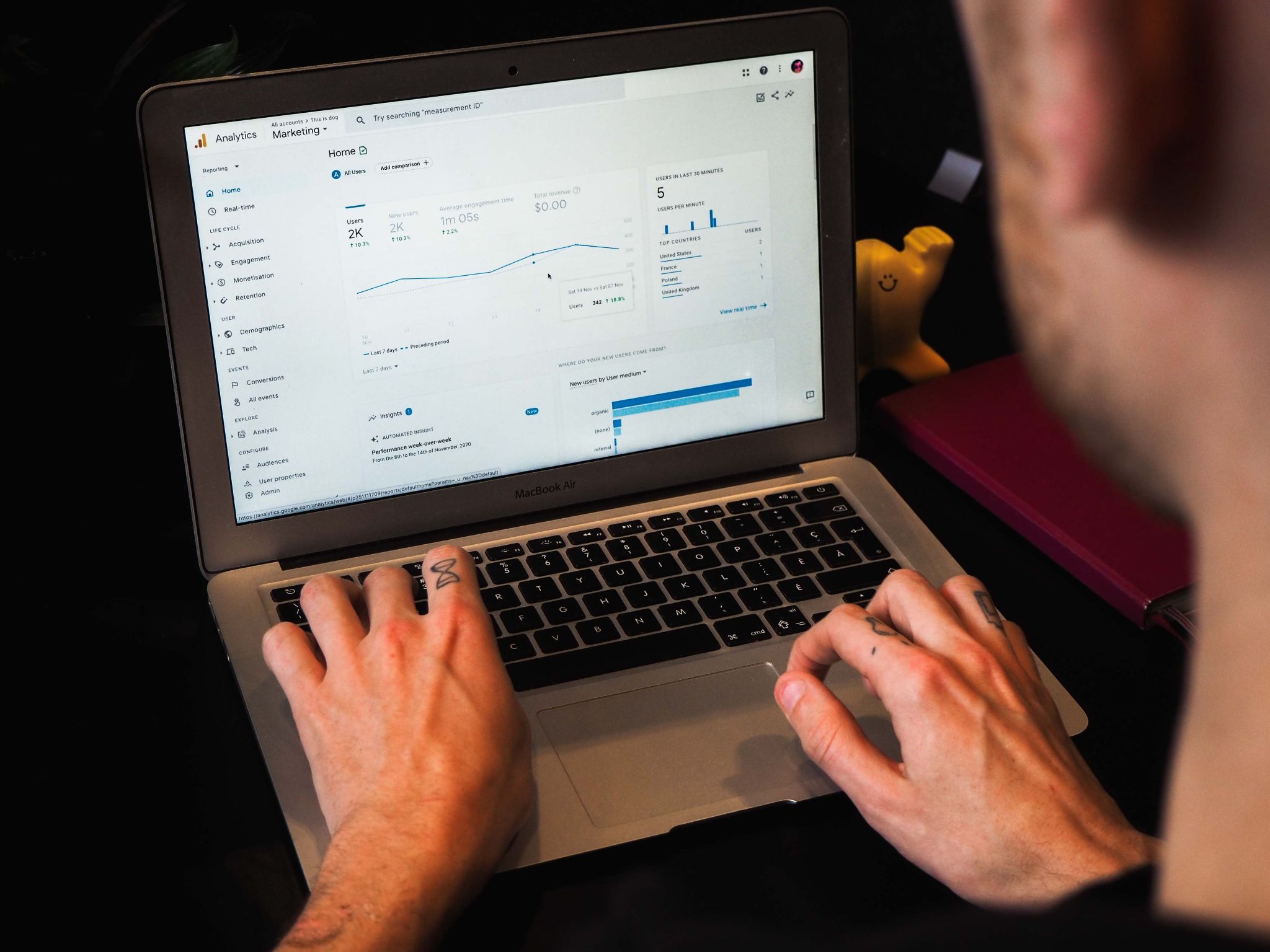Whether you’re just starting or at the stage of regularly producing content on your blog, a person who is building to maximize their audience targeting has the same thing on their mind - how do I maximize the audience reach of my newly created post?
Click baiting is definitely not the way to go about this, as it is a clear signal of not knowing how to engage or sell a story to an audience and generally overpromising something that will not be delivered.
Having a clear headline provides the fundamental groundwork in producing your best post, and you don’t have to spend a significant amount of time trying to come up with a creative headline. This post outlines a 5 step process to hacking your way (through data) in maximizing your post for traffic, shares, and SEO.
Step 1 - Determine the topic of the article based on keyword targets
Creating content that is valued by your audience comes down to creating content that is sought out for (with the exception of being a trend piece). If a topic is not found, then it is usually not worth being created. It’s important to include words that people are using to search for specific topics, especially long-tail keywords that aren’t competitive, which you can easily target.
There are various tools that can be used to understand the search demand and intent of your audiences searches:
Select 3-5 related keywords to target in your post.
Step 2 - Determine the type of post you are going to create
Maximize the flow of your article by formatting the headline according to the format of your content. Let’s start with definitions of the 10 types of headlines out there:
- Direct: Tell your prospect exactly what’s coming
- Indirect: Use curiosity to raise a question in the reader’s mind. Use this with some caution as you don’t want to attract and then disappoint visitors.
- News: If your product or service is newsworthy offer it in your headline
- How to: This is the most direct method of resolving a problem and answering a question. Try adding ‘how to’ in front of your headline
- Question: Ask an industry or market-specific question, but be careful when using this one. You must know your market backwards otherwise you can blow your whole advertising campaign. The best types of questions to ask are questions that get your prospect involved.
- Command: this tells your customers what to do – encourage action by also offering a benefit
- Reason Why: give your prospect reasons why they should read your article
- Testimonial: use excerpts from testimonials to write winning headlines
- Benefit: Benefits sell, features don’t. Know your market well so the benefits you are writing about resonate.
- Guarantee: State a desirable benefit and guarantee results or other benefits – be sure you can back up your promises
Examples of Headline Types:
- Direct: Learn How to Write Content Search Engines Can Find
- Indirect – Fresh Bait Works Best (Example from Copyblogger)
- News – Announcing a cure for…
- How To – How to Increase Conversions
- Question – Has Your Website Traffic Dropped?
- Command – Stop Wasting Marketing Dollars
- Reason Why – 25 Reasons to Eat Turkey
- Testimonial – Great Looking Proposals in Minutes
- Benefits – Drive Qualified Traffic at a Lower Cost
- Guarantee – Generate 100 Leads in 60 days or it’s FREE
Step 3 - Write the headline

The CUEP (Common, Unique, Emotional & Powerful) Formula can offer you an effective method for creating a readable and commanding headline by structuring your headline to grab and then keep a user's attention by starting with a word that is easy to read (and create a basic structure of a post) and end with a powerful word that evokes action.
Step 4 - Optimize the Headline
Once you have gone ahead and created the headline, make sure that it has been optimized to fit the guidelines offered in the previous steps.
Ensure that the post has been optimized through word length (write your headlines up to 5-6 words) and format effectiveness. Here are the top headline analyzer tools that you can use:
Coschedule’s Headline Analyzer
Sharethrough’s Headline Analyzer
Advanced Marketing Institute Analyzer
Step 5 - Review article performance and adjust as needed

So your post is now live, congratulations! So is it simply set and forget? Despite posts having a relatively long life, they can eventually decay over time due to various factors such as competition and seasonality despite some topics having consistent searches.
More than often, instead of developing an entirely new post around a similar topic, you can upgrade the existing post to freshen the topic and continually ensure that people are effectively clicking through your article, especially from organic search. Don't forget that search engines like Google tend to change their algorithm's as well, so you want to freshen up your post to ensure longevity.
Google Search Console is the ideal tool for reviewing your post’s performance on an ongoing basis.
Using Search Analytics, you can see the type of queries driving traffic to a particular page and its associated.
What is your current process in creating effective headlines? Have we missed out on other well-known strategies that can also be included on this list?
Remember, blogging doesn’t stop once your article goes live. You need a strategic plan to promote on social media and drive ongoing engagement. Missinglettr makes it easy to automatically generate a year-long drip campaign for each new blog you post. You just have to hit approve. Try it for free today.



